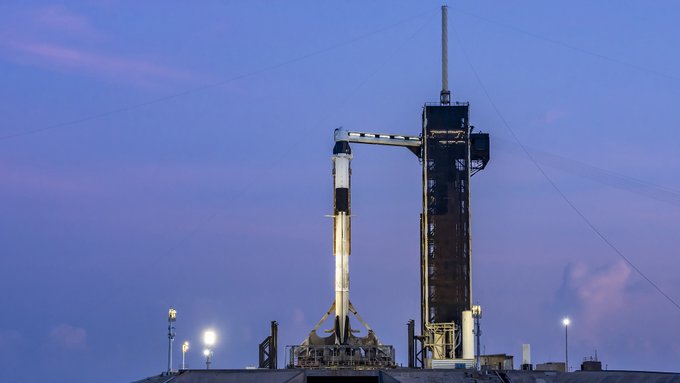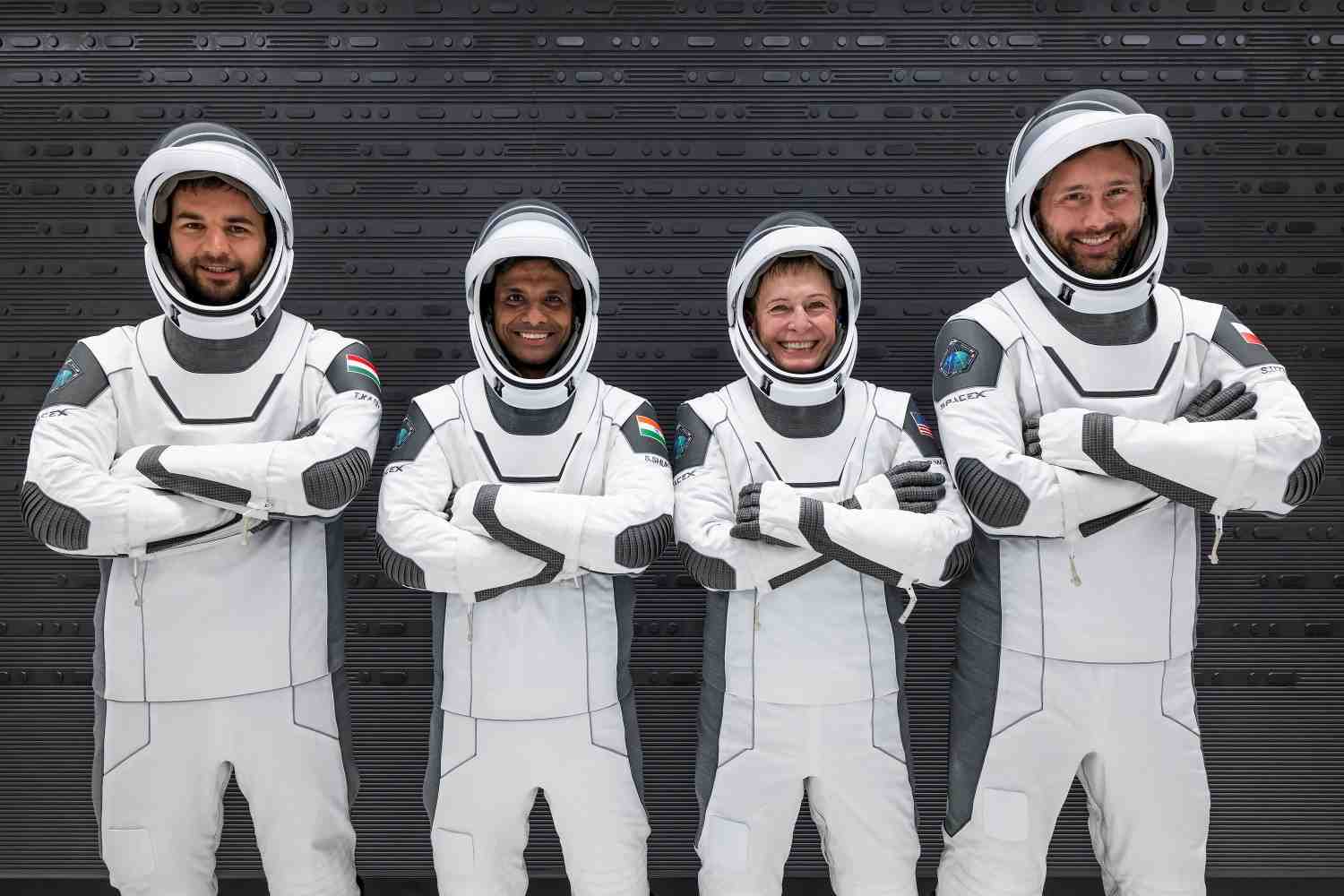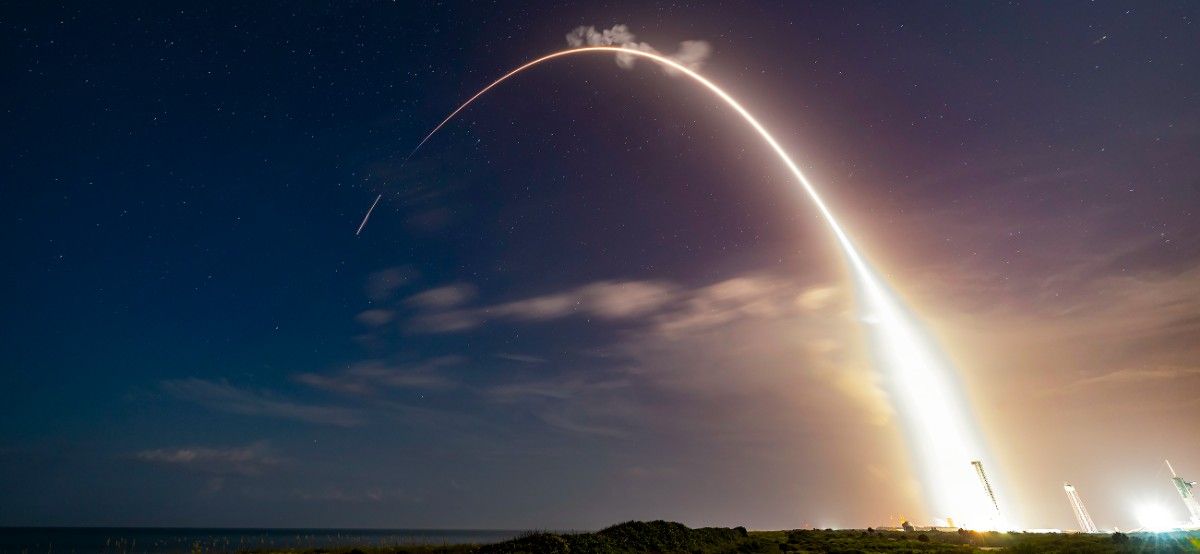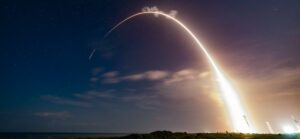Discover how reusable rockets are transforming space exploration by lowering costs, increasing launch frequency, and making space more accessible than ever before.A Falcon 9 reusable rocket landing vertically after a successful mission.a
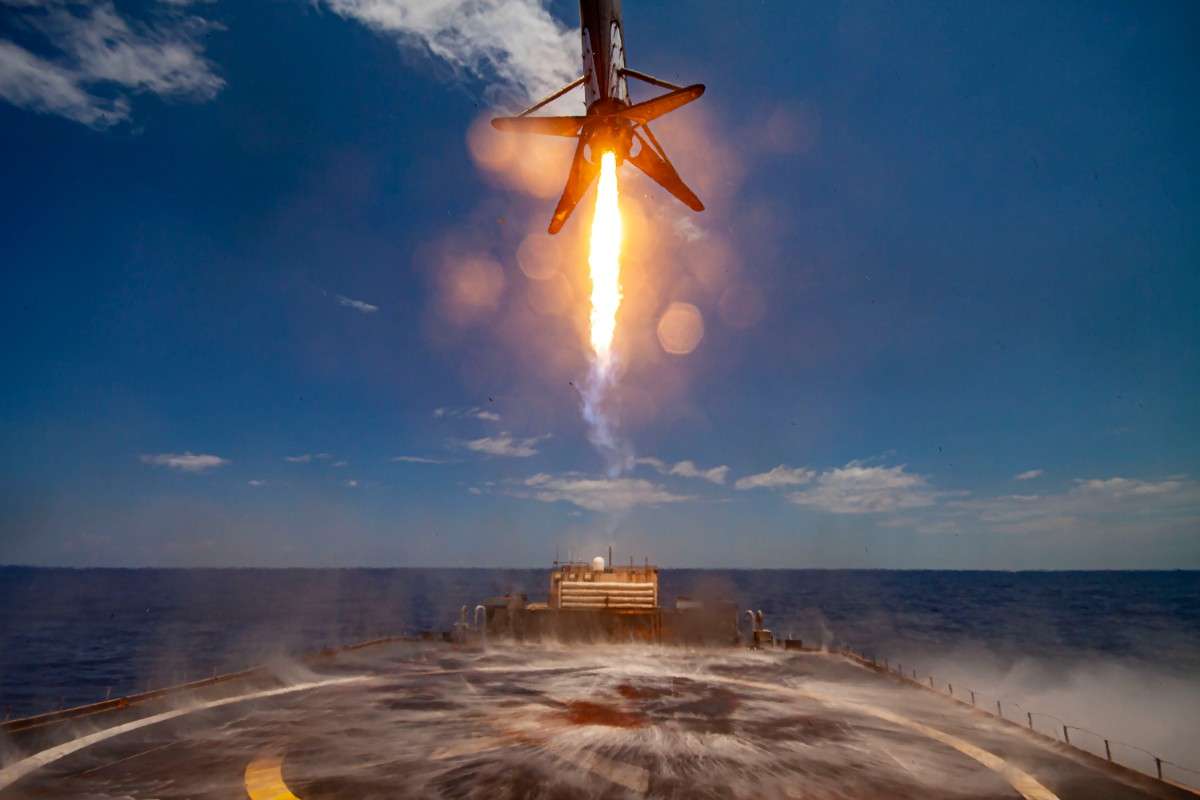
Introduction
The era of disposable rockets is giving way to a new age of innovation: reusable rockets. These groundbreaking machines are changing the economics of space travel and paving the way for more frequent and affordable missions. From private space companies like SpaceX and Blue Origin to national agencies such as NASA, reusable rocket technology is fast becoming the cornerstone of modern aerospace engineering.
What Is a Resable Rocket ?
It is a type of launch vehicle that can be recovered and used for multiple missions. Unlike traditional rockets that burn up or fall into the ocean after launch, reusable rockets are designed to return safely to Earth, land vertically, and be refurbished for future use.
How Reusable Rockets Work
The technology behind reusable rockets is both complex and fascinating. Here’s a breakdown of how it works:
1. Launch Phase
Just like traditional rockets, reusable rockets lift off vertically using powerful engines fueled by liquid oxygen and kerosene or other propellants.
2. Stage Separation
After reaching a certain altitude, the rocket separates into stages. The upper stage continues to carry the payload into orbit, while the first stage, which contains most of the engines and fuel, prepares for return.
3. Controlled Descent
The first stage performs a series of engine burns to reduce speed and adjust trajectory. Small grid fins help steer the rocket through the atmosphere.
4. Landing
Using its engines for a final deceleration burn, the rocket lands vertically on a drone ship at sea or on a designated landing pad on land.
5. Refurbishment and Relaunch
Once recovered, the rocket undergoes inspections, minor repairs, and tests. If all systems check out, it’s ready for another flight—sometimes within weeks.
The Leaders in Reusable Rocket Technology
SpaceX
Founded by Elon Musk, SpaceX is the pioneer of reusable rocket technology. Its Falcon 9 and Falcon Heavy rockets have successfully landed and re-flown boosters dozens of times. SpaceX’s Starship, still in development, aims to be fully reusable from top to bottom.
Blue Origin
Jeff Bezos’ aerospace company is also developing reusable rockets. Its New Shepard suborbital rocket has completed multiple successful vertical landings, and the upcoming New Glenn aims to expand reusability to orbital missions.
NASA and Others
While traditionally focused on expendable systems, NASA is now collaborating with private firms and integrating reusable concepts into future missions, especially for the Artemis program targeting lunar exploration.
Advantages of Reusable Rockets
Cost Efficiency: Launching a reused booster can save tens of millions of dollars.
Rapid Turnaround: Missions can be scheduled more frequently.
Environmental Impact: Reducing the need to manufacture new rockets lowers material waste.
Accessibility: Lower costs make space exploration viable for more countries and private entities.
Challenges to Overcome
Despite their promise, reusable rockets are not without challenges. Engineering them to withstand multiple launches and landings requires cutting-edge materials and precise control systems. There are also logistical issues around recovery, refurbishment, and re-certification before each launch.
The Future of Space Travel
Reusable rockets are laying the groundwork for the future of space missions, including Mars colonization, space tourism, and commercial satellite networks. As the technology matures, it promises to make space not just the final frontier, but an accessible domain for science, commerce, and even adventure.
FAQ:
1. What is a reusable rocket?
It is a launch vehicle designed to return to Earth intact after delivering its payload to space. It can be refurbished and flown again, reducing the cost and environmental impact of space missions.
2. Why these are so important?
Reusable rockets significantly lower the cost of space travel, increase the frequency of launches, and make space more accessible for scientific, commercial, and exploratory missions.
3. Who invented reusable rocket technology?
While the concept has been explored for decades, SpaceX, founded by Elon Musk, was the first to successfully build and regularly fly reusable rockets, starting with the Falcon 9 booster.
4. How do it’s land?
Most of these rockets land vertically using controlled engine burns. They deploy grid fins to steer through the atmosphere and fire their engines to slow down and touch down on a drone ship or land-based pad.
5. How many times can a rocket be reused?
SpaceX has reused some Falcon 9 boosters over 15 times. With ongoing improvements, future rockets like Starship aim to be reused dozens or even hundreds of times.
6. Are these rockets safe?
Yes, these rockets go through rigorous inspection and refurbishment before each flight. Reusability also allows engineers to learn from each launch and improve safety protocols over time.
7. Do these rockets carry humans?
Currently, yes. SpaceX’s Falcon 9 and Crew Dragon capsule are certified to carry astronauts to the International Space Station (ISS) using reusable boosters. NASA and other agencies have approved such missions.
8. What are the main challenges of reusability?
The biggest challenges include heat damage during re-entry, mechanical stress from repeated launches, and ensuring precision landings. Maintenance and quality control are critical to safe reuse.
9. How much money does reusing rockets save?
Estimates suggest that reusing a rocket stage can save 30% to 70% of launch costs. For example, a Falcon 9 launch can cost around $62 million, but with reuse, the price can drop significantly.
10. What is the future of reusable rockets?
Reusable rockets are expected to play a key role in Mars colonization, space tourism, and commercial satellite deployments. Future models like SpaceX Starship and Blue Origin’s New Glenn will push the boundaries of what reusable spacecraft can achieve.
You may also like this
https://spacetime24.com/starlink-satellite-6-m-high-speed
https://spacetime24.com/axiom-4-mission-key-objectives/https://spacetime24.com/axiom-4-mission-key-objectives/



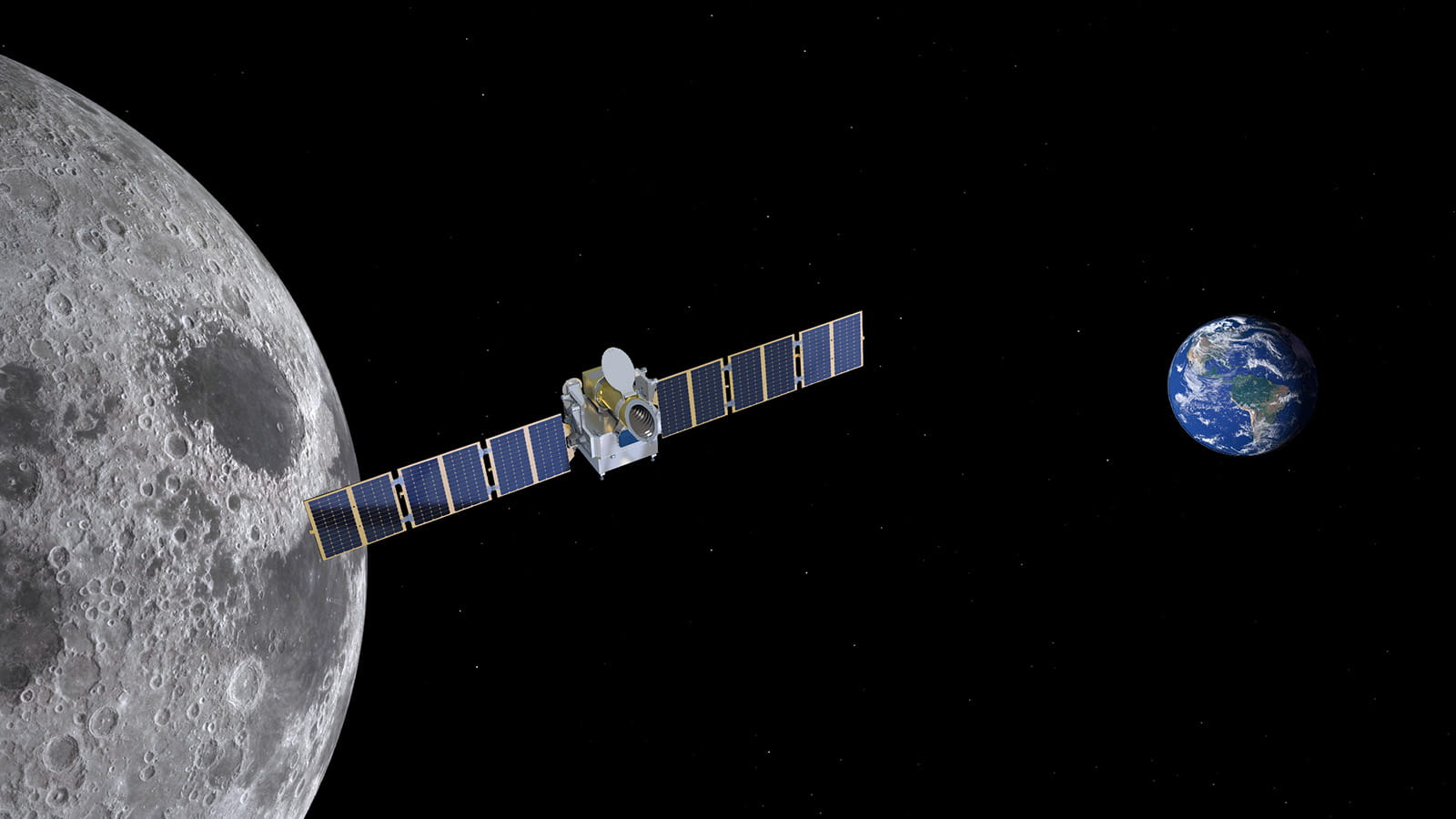
 Starlink satellite dish installed on ground in snow area providing high-speed internet connectivity to a common man (image credit SpaceX)
Starlink satellite dish installed on ground in snow area providing high-speed internet connectivity to a common man (image credit SpaceX)
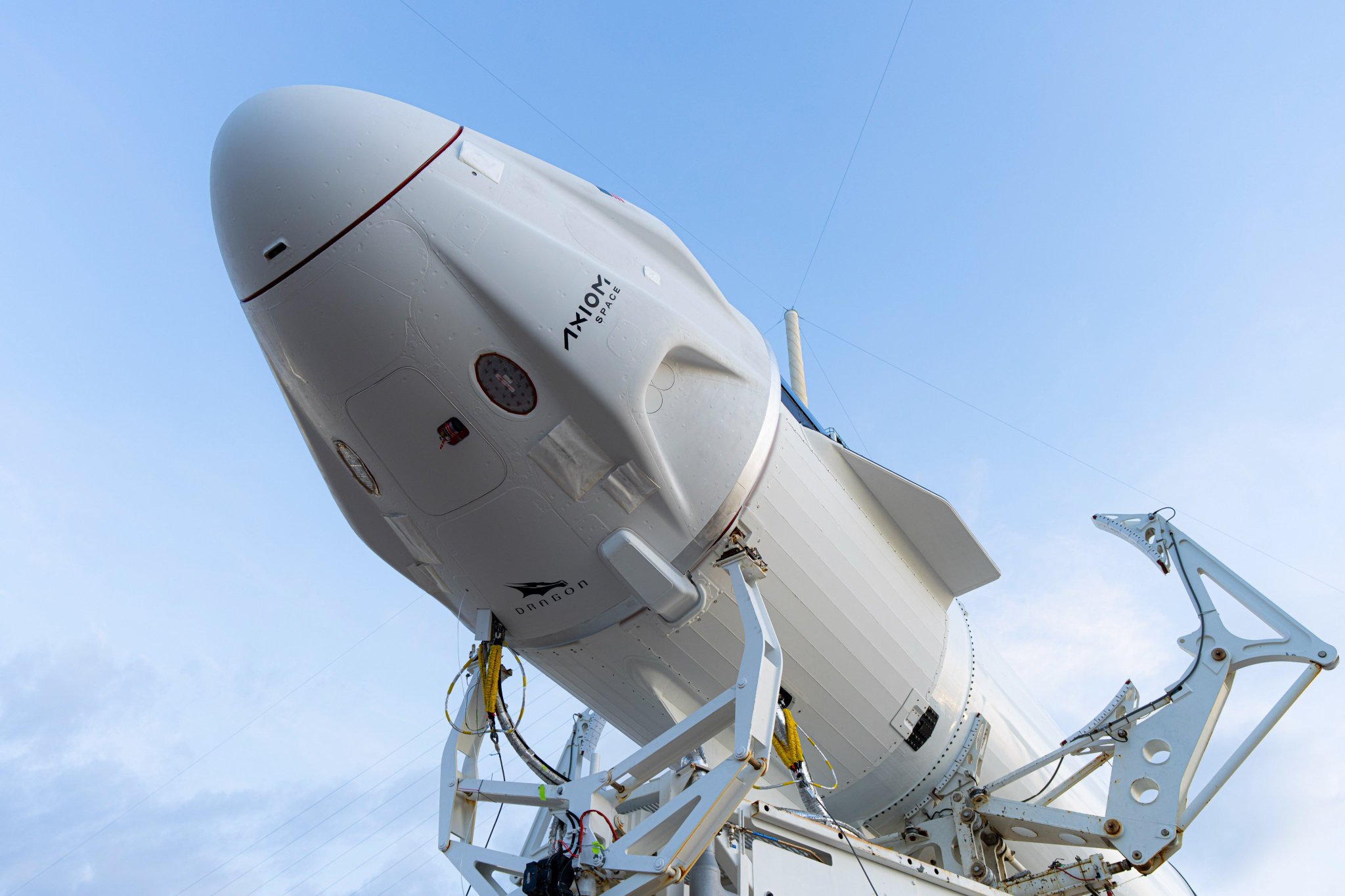 Dragon rolled out to pad 39A in Florida earlier today ahead of Tuesday’s launch of Axiom-4 mission (image credit SpaceX).
Dragon rolled out to pad 39A in Florida earlier today ahead of Tuesday’s launch of Axiom-4 mission (image credit SpaceX).
